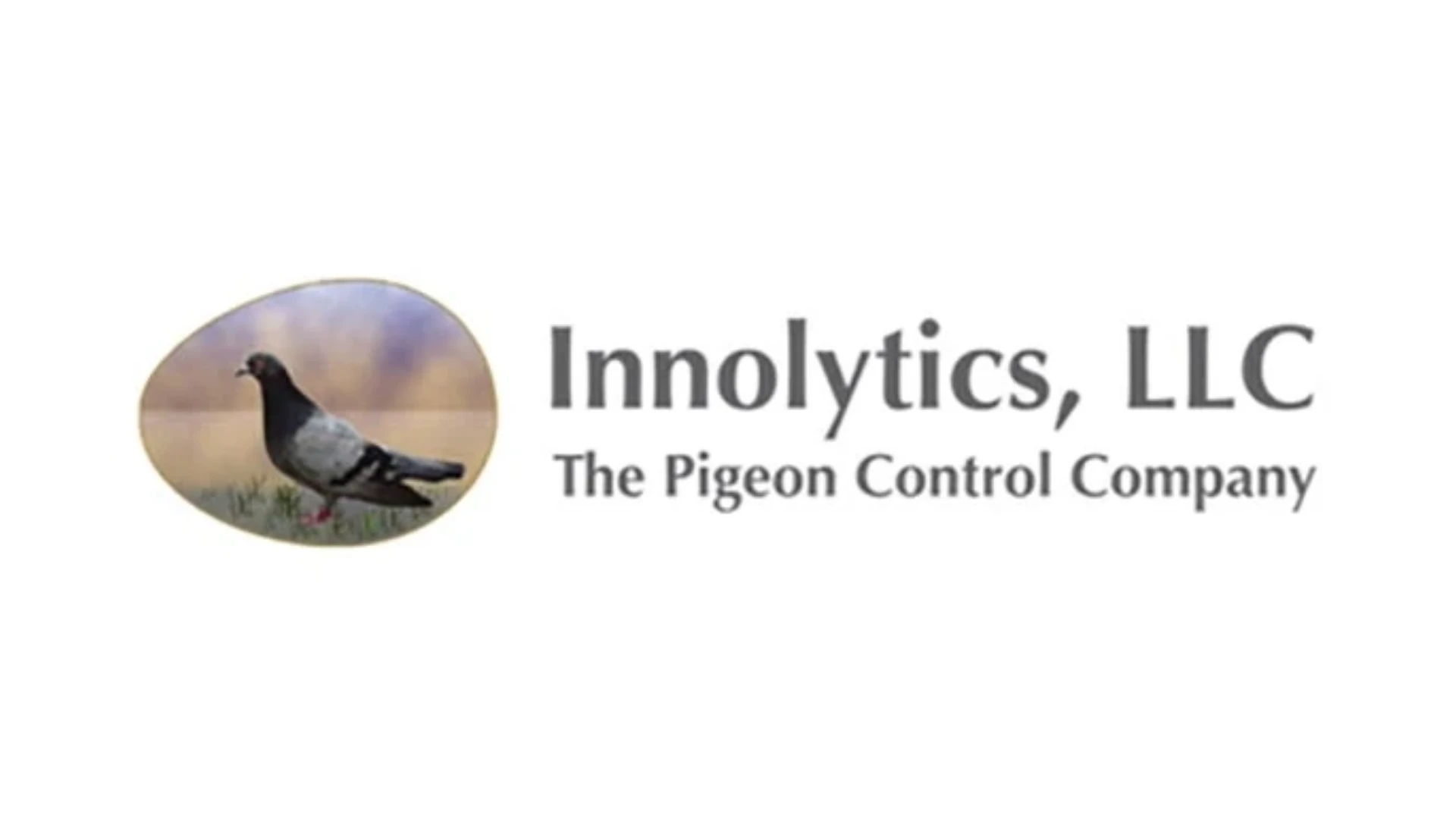How many of us really know what pest management research is being conducted that ultimately will benefit our industry? My guess is very few. The little research information we receive is obtained at state and national training programs. Typically, the information is provided by manufacturers’ sales representatives and to a lesser extent by university researchers.
It is a shame that the industry does not avail itself of the information generated by the research community. That being said, the research community could facilitate this by getting the information out to the industry through state association publications and trade journals.
The following information highlights some of the research articles that appeared during the past year in the Journal of Economic Entomology.
KEEPING DRYWOOD TERMITES OUT. One of the most perplexing issues facing companies performing structural fumigations for drywood termites is preventing reinfestation — when the tent comes down and the fumigant is gone. Since fumigation leaves no residue there is nothing to prevent the termites from immediately reinfesting the structure.
In laboratory studies, two dusts, silica gel with synergized pyrethrin and disodium octaborate tetrahydrate (DOT), prevented colonization by drywood termites. Imida-cloprid dust was slightly less effective in preventing colonization. DOT solutions applied as post-construction treatments to wood reduced colonization but did not prevent it (not all areas of assembled wood can be treated).
On the other hand, DOT solutions applied to all exposed wood during construction was equally effective as dusts. Thus, an adjunct to a good fumigation should be the application of a residual dust to prevent reinfestation. (Chemical Prevention of Colony Foundation by Cryptotermes brevis [Isoptera: Kalo-termitidae] in Attic Modules. R. Schreffrahn, P. Busey, J. K. Edwards, J. Krecek, B. Maharajh and N. Su. 94[4]: 915-919.)
DETECTOR FOR TERMITES IN SOIL? There are several types of termite detection devices on the market, e.g., gas detectors, termite-sniffing dogs and acoustic wood detectors, so why shouldn’t we be able to detect termites in the soil?
Recently a group of researchers using acoustical detection equipment were able to consistently detect soil-inhabiting insects, particularly in areas of heavy infestation.
While this research focused on soil- infesting insects that attack citrus trees, a logical extension of this technology would be to determine areas of termite activity in the soil. This could facilitate the placement of bait and/or targeted pesticide applications in areas of high termite density. (Acoustic Surveying of Subterranean Insect Populations in Citrus Grove. R. W. Mankin, S. L. Lapointe and R. A. Franqui. 94[4]: 853-859.)
PHARAOH ANTS. This study reveals some of the consequences of using a quicker-acting bait, such as hydramethyl-non, versus a slower-acting bait, such as an insect growth regulator (IGR), in this case pyriproxyfen. Hydramethylnon bait rapidly reduced (three weeks) the number of queens, workers and brood in all pharaoh ant nests close to the bait.
However, the baiting site was rapidly recolonized from colonies more distant from the baiting site. Baits that employ fast-acting toxicants provide a rapid kill of foragers at the bait site, however, they are not as likely to eliminate all the colonies and only provide localized control of shorter duration.
In contrast, the IGR bait rapidly reduced the brood in the colony, however, the workers were not affected and continued to widely distribute the bait to all nest sites. The IGR, which is slower acting, provided gradual long-term control. Regardless of the toxicant used, the success of ant baiting strategies is dependent on the number of bait placements, i.e., more placements ensures wider distribution of the bait, regardless of the active ingredient. (Bait Distribution Among Multiple Colonies of Pharaoh Ants [Hymenoptera: Formicidae]. D. H. Oi, K. M. Vail and D. F. Williams. 93[4]: 1247-1255.)
CARPENTER ANTS: NOT SIMPLE. This study evaluated the acceptance of three commercial bait products, Maxforce, Niban and Baygon, in field colonies of the black carpenter ant. In the spring, Maxforce granules were the preferred bait, whereas in the fall, commensurate with the ants’ shift in food preference from protein to sugar, acceptability of Maxforce declined and was comparable to the other two baits.
Thus, baits should be continuously monitored for acceptance and baiting strategies and products changed accordingly.
The longevity of the residual insecticides, Dursban 50W and Tempo 20WP, were evaluated on painted surfaces in the summer and fall. Residual activity on areas exposed to the sun decreased significantly when compared with areas protected from sunlight. Residual insecticides do not last indefinitely and should be monitored closely for continued effectiveness. (Evaluation of Control Measures for Black Carpenter Ant [Hymenoptera: Formicidae]. J. M. Tripp, D. R. Suiter, G. W. Bennett, J. H. Klotz and B. L. Reid. 93[5]: 1493- 1497.)
ARGENTINE ANTS: A BIG NEMESIS. One of the most successful means of managing Argentine ants has been the use of liquid sucrose baits. A recent study examined the use of four active ingredients, abamectin, boric acid, fipronil and hydramethylnon, in a 25% sucrose solution. Baits containing 0.00001% fipronil and 0.1% hydramethylnon provided for 24 hours killed all the workers and queens. In continuous baiting for 14 days, 0.5% boric acid, 0.000001% fipronil (yes, another zero) and 0.025% hydramethynon killed all the workers, however, a slightly higher concentration of fipronil was needed to kill the queens. Abamectin was the least effective active ingredient in managing this ant species.
What is most impressive about this is the extremely low concentration of fipronil needed to kill these ants. It makes you wonder what is taking EPA so long to register fipronil for these uses. (Oral Toxicity of Abamectin, Boric Acid, Fipronil and Hydramethylnon to Laboratory Colonies of Argentine Ants [Hymenoptera: Formicidae]. L. M. Hooper-Bui and M. K. Rust. 93[3]: 858-864.)
Too much of a good thing can be problematic. A subsequent study of Argentine ants found that their mortality rate when exposed to 25% sucrose water containing disodium octaborate tetrahydrate, boric acid or borax was a function of concentration, i.e., the higher the concentration the quicker they died.
However, when the concentration of boric acid exceeded 1%, consumption of the sucrose water declined significantly, indicating there can be too much of a good thing. When formulating ant baits, the concentration of toxicants, such as boric acid, should be carefully considered. (Toxicity and Repellency of Borate-Sucrose Water Baits to Argentine Ants [Hymenoptera: Formicidae]. J. H. Klotz, L. Greenberg, C. Amrhein and M. K. Rust. 93[4]: 1256-1258.)
The author is technical director of American Pest Management, Takoma Park, Md. He can be reached at 301/891-2600 or via e-mail at rkramer@pctonline.com.

Explore the October 2001 Issue
Check out more from this issue and find your next story to read.
Latest from Pest Control Technology
- Neighborly Pest Management Continues Fighting Invasive Pest
- Rollins Reports Q1 Revenues Up 9.9% YOY
- Are You Covering Your Marketing Basics?
- Did You Order Mice With That?
- Arrow Exterminators Opens New Residential Service Center in Metro Atlanta
- CAPMA Hosts 2025 Legislative Day in Sacramento
- Grizz Pest Management Bartends for a Cause
- Rose Pest Solutions Becomes Official Pest Provider of Chicago Fire FC





